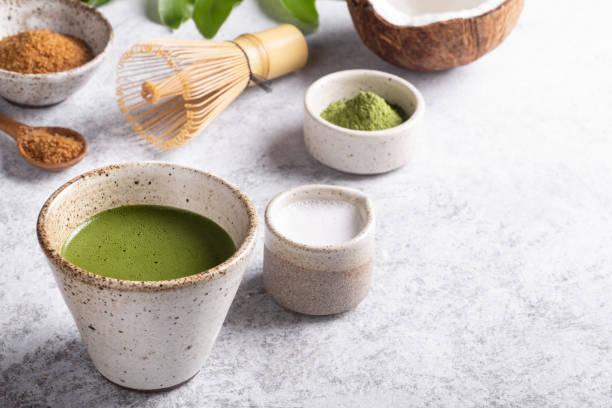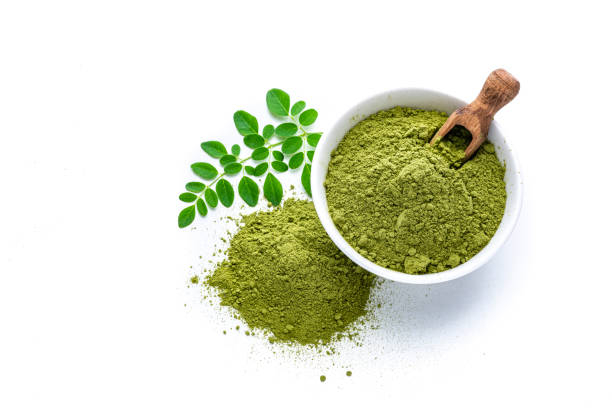Matcha tea
The Camellia sinensis plant's leaves are steamed, dried, and ground into a fine powder to create matcha, a form of green tea. You drink the whole leaf, as opposed to brewing green tea. Epigallocatechin gallate (EGCG), in particular, is a significantly more concentrated source of antioxidants as a result. EGCG is responsible for a large number of matcha's alleged advantages. For instance, observational studies indicate that frequently consuming green tea may lower your chance of developing high blood pressure. Additionally, green tea has been linked to decreased weight, body fat, and a lower risk of type 2 diabetes. The flavor of matcha is described as being earthy and fresh.
To prepare:
- Sift 1–2 teaspoons of matcha powder into a ceramic bowl using a fine mesh strainer.
- Add hot, but not boiling, water — the water temperature should be around 160–170°F (71–77°C).
- Stir slowly until the powder is dissolved, then whisk back and forth. A traditional bamboo tea whisk, called a chasen, works best.
- The tea is ready once a light froth forms. You can also try adding 1 cup (237 ml) of steamed milk or a non-dairy alternative for a creamy matcha tea latte.











